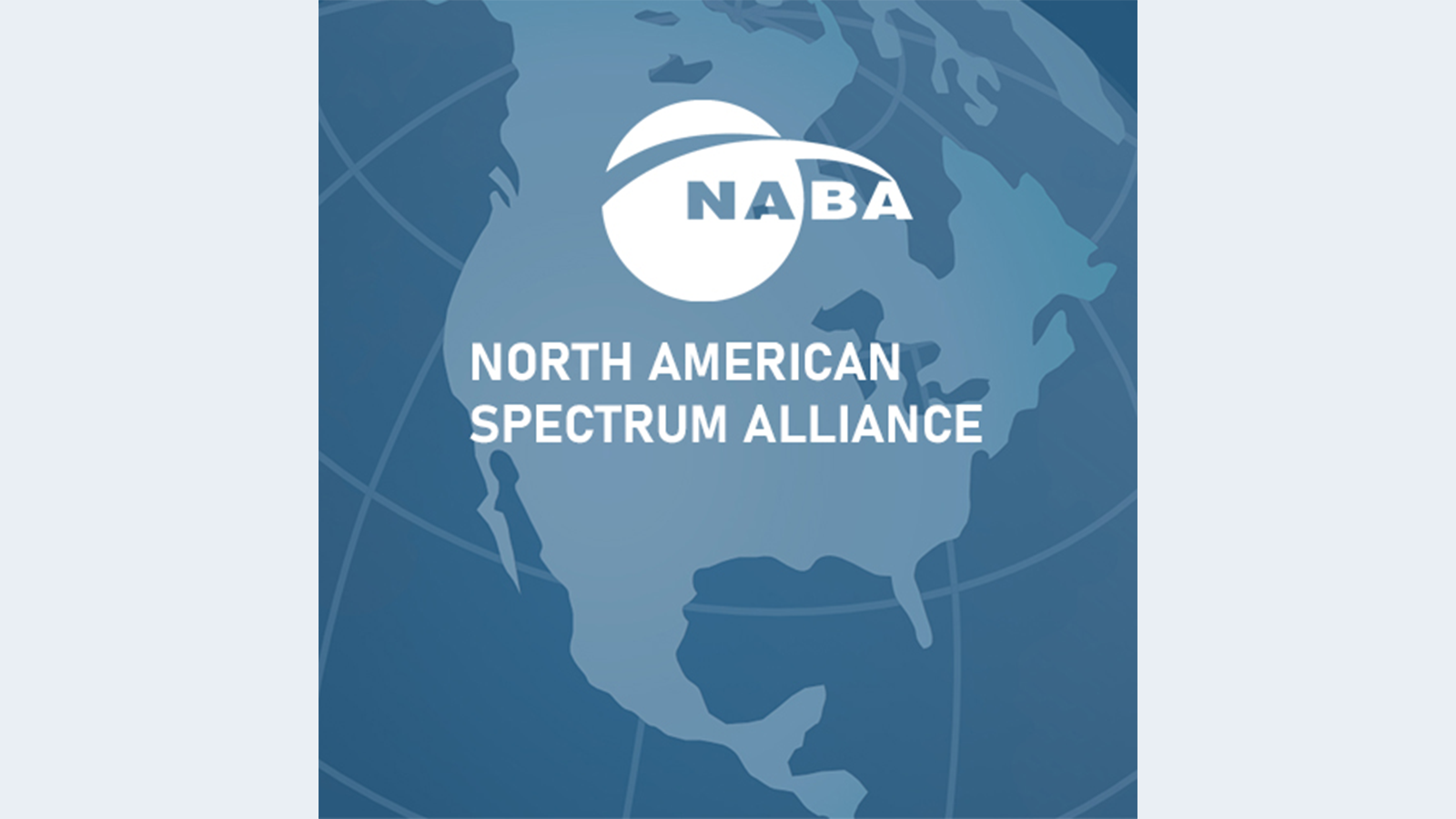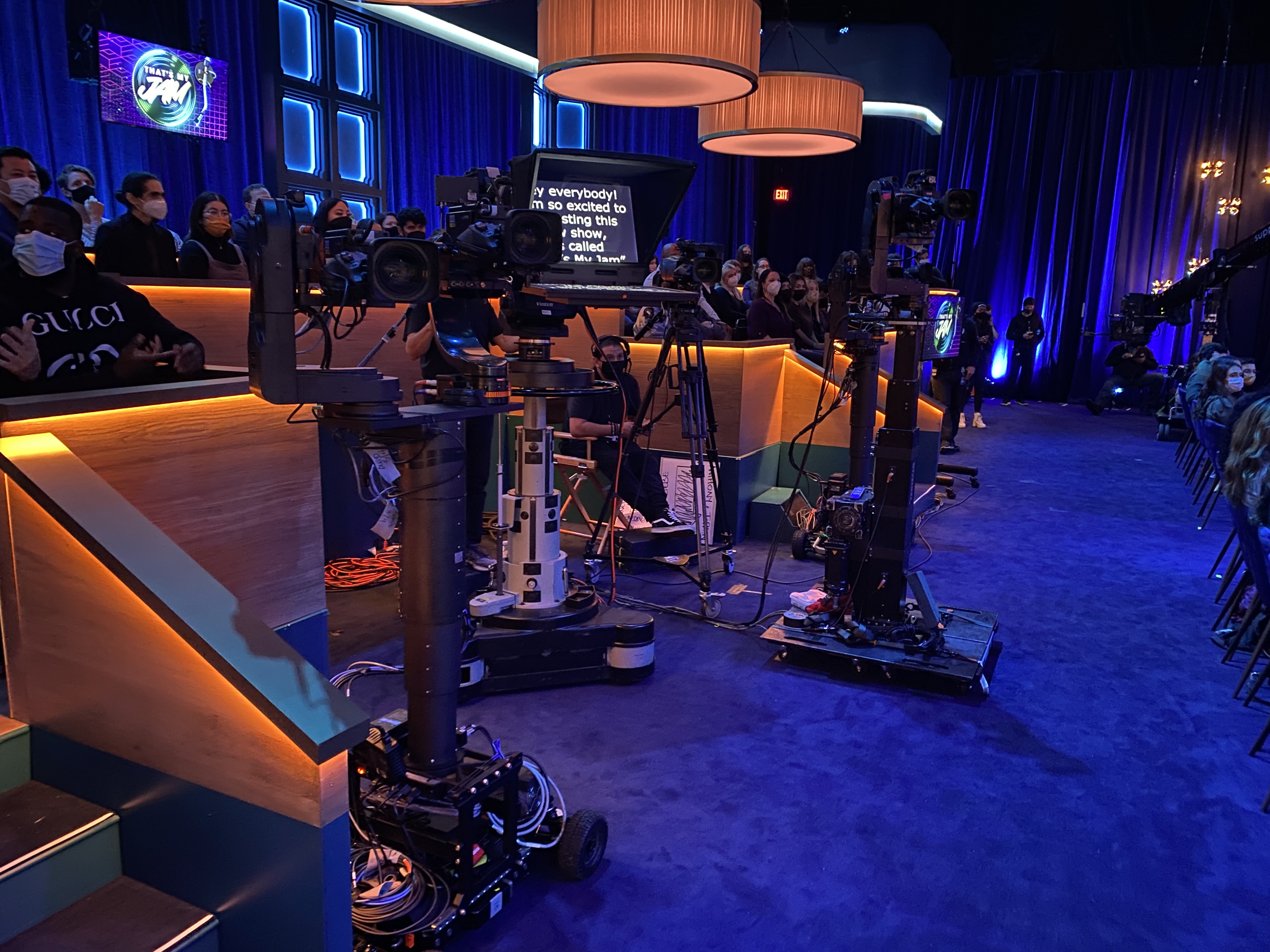North American Spectrum Alliance Urges FCC to Protect Spectrum for Production and Distribution
The two filings address upper C-band spectrum, wireless microphones and issues that have important implications for media production and distribution

TORONTO—The North American Spectrum Alliance has submitted two filings to the Federal Communications Commission (FCC) addressing the Upper C-band proceeding and the “Delete, Delete, Delete” proceeding (GN Docket No. 25-133) that urge the agency to preserve valuable spectrum needed for media production and distribution across the United States.
The group was founded in January of 2025 with anchor members that include Sennheiser, FOX Sports, the NFL, MLB, CP Communications, Wisycom, PSSI, ATSC and others. It aims to provide a strong, unified voice for protecting spectrum required for content creation and distribution.
The group strongly opposes further reallocation of broadcast-related spectrum in the United States, which has eroded significantly over the years.
In its Upper C-band filing (GN Docket No. 25-59), the North American Spectrum Alliance argued that the remaining 3.98- 4.2 GHz of C-band spectrum must be retained for incumbent users, as it is irreplaceable for the high-quality, reliable media distribution North Americans have come to expect for live sports events, news and entertainment programming.
The group reminded the FCC that broadcasters and related incumbents have already lost 60% of the C-band during the 2021 auction and noted that further reallocation would cause significant interference, degrade service and result in untenable costs on both large networks and small businesses alike. The Alliance requests that, if an Upper C-band reallocation proceeds, all incumbents be fully reimbursed for replacement services and associated costs.
In the Alliance’s second filing, submitted in response to the “Delete, Delete, Delete” public notice, it urged the FCC to take a more modernized approach to wireless microphone usage, including temporary authorities. The Alliance characterized the current Special Temporary Authorization (STA) system as “outdated, unnecessarily burdensome and unpredictable,” especially as live productions increasingly rely on spectrum that is being reallocated and diminished.
The North American Spectrum Alliance suggests that specific low-power guard bands, such as 616-617 MHz and 805-806 MHz, be permanently open for licensed wireless microphone usage free of STA requirements. Additionally, it suggests removing the 50-device minimum for Part 74 licenses due to declining TV White Space devices and the dynamic needs of event producers.
The professional video industry's #1 source for news, trends and product and tech information. Sign up below.
More information about the North American Spectrum Alliance is available on its website.
George Winslow is the senior content producer for TV Tech. He has written about the television, media and technology industries for nearly 30 years for such publications as Broadcasting & Cable, Multichannel News and TV Tech. Over the years, he has edited a number of magazines, including Multichannel News International and World Screen, and moderated panels at such major industry events as NAB and MIP TV. He has published two books and dozens of encyclopedia articles on such subjects as the media, New York City history and economics.

